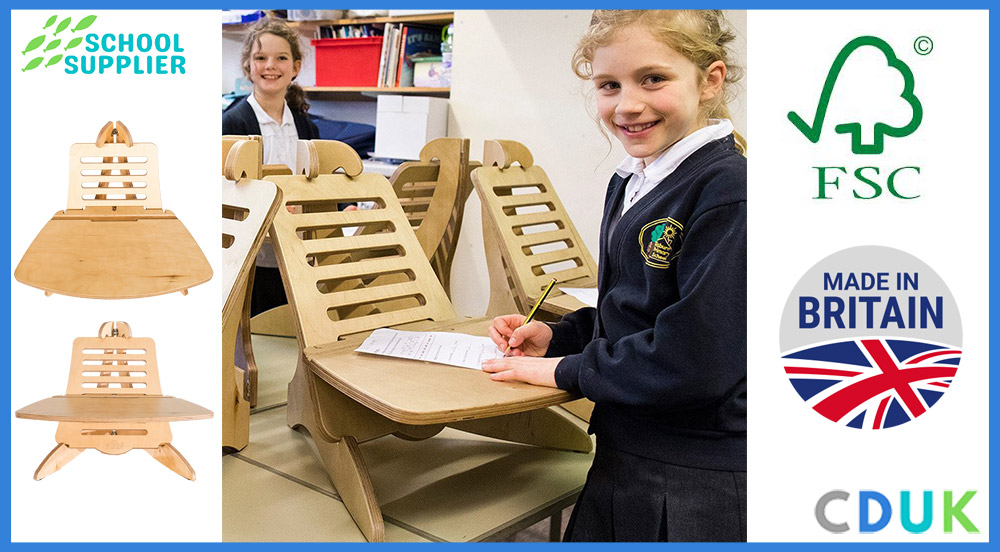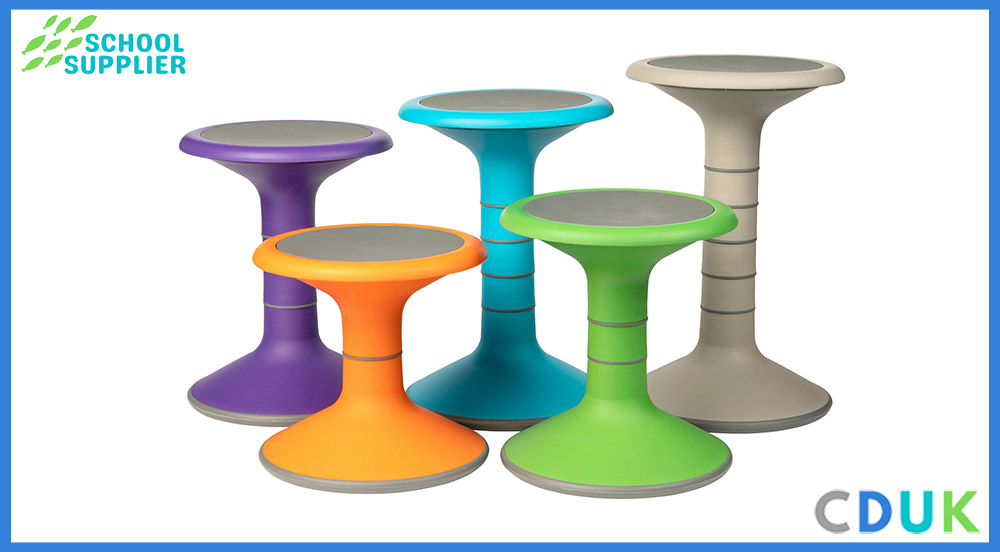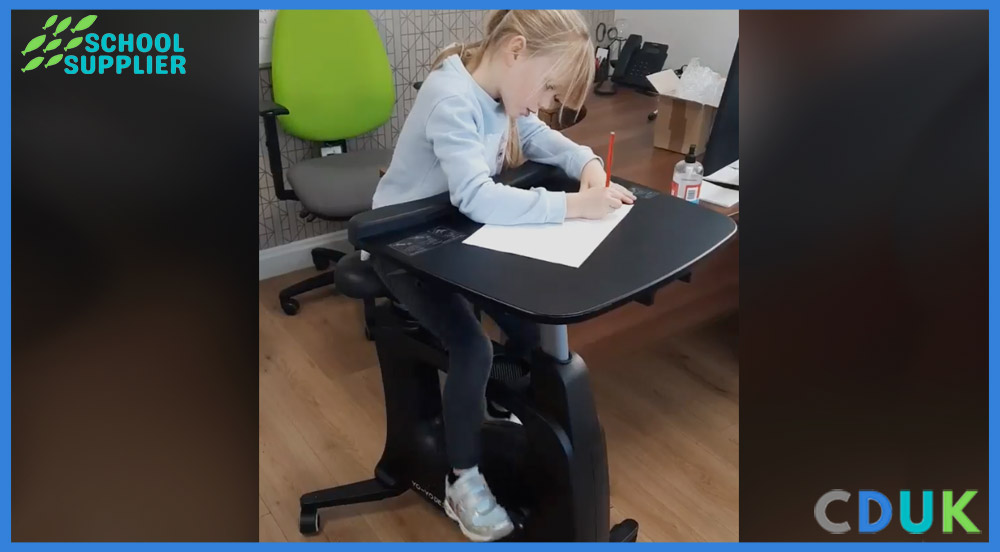Why Stand Up Desks & Wobble Stools Work!
Since we have been providing schools with wobble stools and stand up desks we have been amazed (and dare we say delighted!) what a difference they have made to the kids, classrooms and teachers.
The below has been extracted from an interview with Colin Foley, National Training Director of the ADHD Foundation which goes some way in explaining just why they have been so successful.
Why Does an ADHD child fidget and struggle to sit still?
One of the symptom ology of ADHD is what we call physical hyperactivity, children and young people who will fidget, who will move a lot and might have difficulties, for example staying in their seat but certainly exhibit and present with a lot of physical hyperactivity.
So, it is really important to understand the reason why a child or a teenager with ADHD is moving so much, it's because they have to move in order to learn. So, when we tell children with ADHD, for example, not to fidget and to sit still, we're actually making it more difficult for them to do exactly what we want them to do, which is to focus and concentrate.
Physical hyperactivity is absolutely critical to the way in which a child with ADHD will be able to focus and concentrate and learn.
Why movement helps children with ADHD
One of the principle influences on the way in which the brain of a child with ADHD works is something to do with what's called dopamine. Dopamine is a neurotransmitter that is the pleasure based, reward based neurochemical that helps significantly contribute to the ability to focus and concentrate.
Children with ADHD have what's called dopaminergic dysregulation. Dopamine is not being transmitted around the brain as effectively or successfully as neurotypical children and that impacts upon their ability to pay attention and focus, what we call attentional dis-regulation.
Understanding this, we understand why a child with ADHD is feeling so much, because it stimulates the transmission of dopamine around the brain and helps them to focus and concentrate.
Focus on girls
Often we think girls aren't physically hyperactive and often girls are twice as likely to be diagnosed as whats called predominantly inattentive ADHD. (What used to be called ADD) We have looked carefully at girls and we could see that actually they have got physical hyperactivity, it's just slightly different but maybe a little more socially acceptable. Therefore, teachers don't think of ADHD. For example, spontaneity or excessive talkativeness often features of the way in which girls are hyperactive. Therefore, it is just as much about the girls as it is the boys.
Anxiety of needing to keep still
A child that walks into to a classroom and thinks, I'm here for an hour, I'm going to have to sit still for this hour and right from the beginning their levels of anxiety can be really high. Anxiety also impacts upon behaviour, concentration, focus and memory. It takes a lot out of kids if we don't give them the opportunity to move.
The results of anxiety and restricting movement
This depends on the child, anything from zoning out, for example, just giving up or not focusing or concentrating. Sometimes just daydreaming for the whole lesson and doesn't listen to anything and then you will have withdrawal and all of the presentations of behaviour that you would see with high anxiety, anything from angry outbursts to low resilience to getting upset to wanting physically to get out of that situation, so the youngsters will try move, wanting to hide which in classrooms presents as shutting down.
The benefits of standing
What happens is your heart rate increases five to eight percent every time you simply stand up, it will support the oxygen to the brain, the transmission of dopamine to the brain and the effectiveness transmission of dopamine around the brain. But, it also gives the child the opportunity to move the upper part of their body, their shoulders, or their legs, let's not forget they can fidget, twist and turn, they can move, to step back and step to the side, all whilst they are working as well using a standing desk. It is a great resource for facilitating movements within classrooms.
Beyond ADHD
We can expand to talking about a range of conditions with children that would benefit. Looking at children with dyspraxia, different ways of sitting at a desk or related to surfaces can work really well for them. We know that physical hyperactivity can be associated with Tourette's for example, with autism and just youngsters in your class who have got high anxiety who would feel constrained by sitting in that seat by that desk for the whole time so it has wider benefits.
The full interview/video can be viewed by clicking here:


